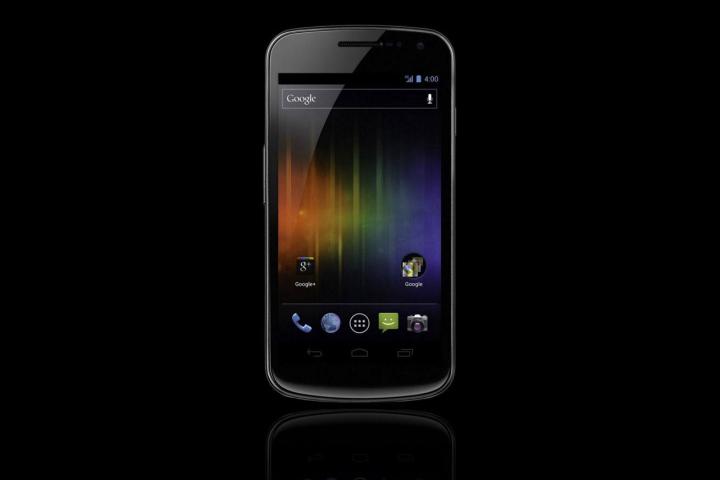
When Google announced the Nexus 5 and Android 4.4 KitKat, it made it clear the Galaxy Nexus wouldn’t get an upgrade to the latest version of the OS, leaving it stuck forevermore on Android 4.3 Jelly Bean. In fairness, this wasn’t a huge surprise, as the Galaxy Nexus has been around since late 2011, putting it over Google’s promised 18-months of software support.
However, the Galaxy Nexus is a popular phone, and its owners have not taken the news very well. One owner, Max Duckwitz, organized an online petition to convince Google there was enough demand for it to work harder on getting Android 4.4 onto the phone. It quickly attracted more than 13,000 signatures and 3,000 comments. Duckwitz printed the whole thing out, and sent the 1.3kg package directly to Android boss Sundar Pichai. At the time of writing, the petition now has 20,000 signatures.
The chances of Google changing its mind are slim, but there is another way KitKat could make it onto the Galaxy Nexus, and that’s from the clever people over at the XDA Developers site. There are already various custom builds of Android 4.4 for the Galaxy Nexus on the site, but most are listed as very early builds, suitable only for the most dedicated of hackers.
If you don’t mind waiting for a while, another more stable option could be on the horizon. Apparently, one of the reasons Google won’t be updating the Galaxy Nexus is due to its Texas Instruments processor. Texas Instruments left the mobile chip business earlier this year, leaving it without the necessary support, or so we thought. A forum poster has uncovered an official update for the Galaxy Nexus’ chip’s GPU, believed to be an important key to getting Android 4.4 onto the device.
There’s no guarantee this will lead to a working version of KitKat for the Galaxy Nexus, but it’s a step in the right direction. One experienced developer laid out the challenges of integrating this newly discovered software, and there are many. We’ll have to wait and see if the talented XDA folk can overcome them.



